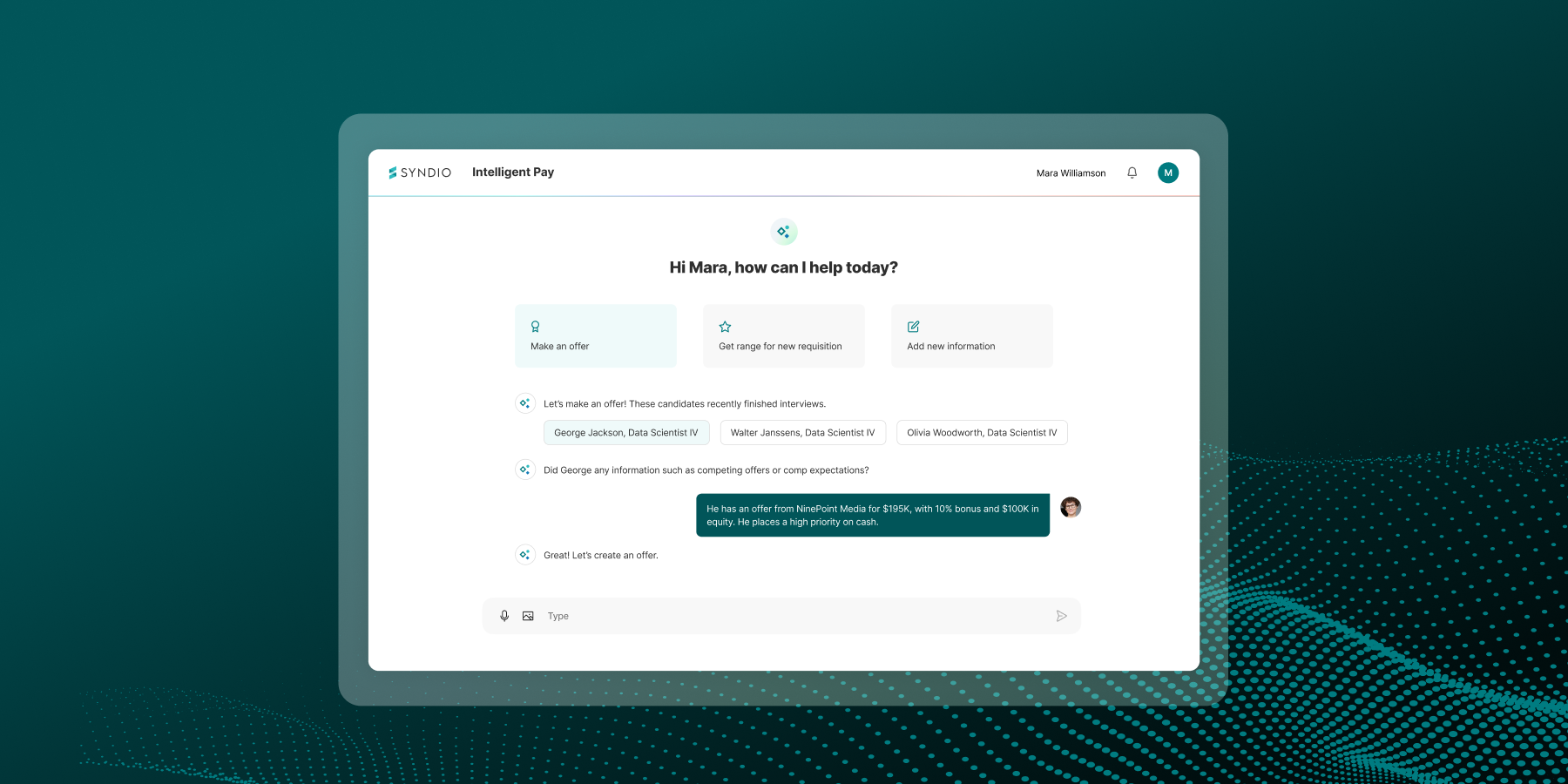Nancy Romanyshyn is a Fair Pay thought leader, speaker, and compensation expert. She has over 25 years of experience, both in-house and leading engagements. Nancy joined Syndio from Willis Towers Watson where she led their North America Fair Pay team and co-led the global fair pay program for 5+ years.
At the May WorldatWork Rewards ‘22 Conference, I did something I’ve never done before. While presenting “‘Naked and Afraid’: What You Can Do to Prepare for Total Pay Transparency” in front of 50+ people, I said, “I’m not going to get naked — but I am going to get transparent.” I proceeded to share my entire salary history.
It was a shock to everyone in the audience, which was on purpose: I wanted to emphasize that this is exactly what’s happening. Everyone is talking about pay!
- There are expanding pay transparency laws: From Colorado, New York City, Jersey City, and New York State to Washington State and California — more and more places are requiring companies to include pay ranges with job postings.
- Employers are posting salary ranges: Microsoft is the most recent company to announce that, starting no later than January 2023, they will post salary ranges for all job openings.
- Most importantly, employees are talking: They’re posting their salaries on Blind, RepVue, TikTok, Reddit threads, and LinkedIn. They’re sharing Google spreadsheets of their salaries. Salaries are no longer a big secret.
Why? It’s about the democratization of information — because information gives you power. And what’s fascinating to me is that employees aren’t just sharing information to give themselves power in the job market, they’re sharing so they can help others and advocate for each other. They’re saying, “Hey, I’m leaving this job, so here’s my salary to help out anyone who’s applying.”
It makes me wonder: How would my salary history have been different if I had known more? I’ve been a compensation professional my entire career: I always knew what people earned outside of my company. But my colleagues and I never talked about our salaries with each other. What might it have changed for all of us?
Employers have nowhere to hide. Salaries are out in the open. So what if we use this as an opportunity? What if we rethink how we pay people and make this a platform for change? What if we paid our employees in a way that didn’t make us cringe at the thought of them sharing what they make?
3 ways to prepare for pay transparency now
All of this can make employers feel very exposed, but there are three things compensation professionals can do right now to be ready for total pay transparency:
1. Use robust, real-time analytics to challenge your compensation philosophy. By that I mean, understand how you’re actually delivering base pay, bonuses, and equity. You need software to help you see at a surgical level what’s really driving base salary. And I’ll tell you right now, it’s not what you think.
2. Prioritize and take action. Use analytics to help you quickly highlight where people in similar roles are not paid fairly. In the many conversations we have had with employers around the country, most are prioritizing changes based on where employees are sitting — driven by existing and emerging legislation — and critical employee segments. Employers are starting small and using software to model and test the changes they make before they go live. The consensus is that they’re building toward a national approach.
The best tactic we’re seeing for posting ranges: Balancing your market data with your pay equity analysis to model and create ranges you can post with confidence, knowing they are both externally competitive and internally equitable. This approach helps companies avoid negative reactions from employees in those same roles.
3. Don’t go it alone: Bring a team together. The employers getting this right realize that this is bigger than pay — this is about your relationship with your employees and how you demonstrate that you value them. Compensation teams are partnering with legal, talent management, DE&I, and talent acquisition — and they’re using software to come together around one source of truth. They are able to look at the data together, from their different perspectives, and:
-
- Use real-time compensation analytics to highlight issues and test and model changes.
- Identify “pay gaps” (focusing on representation by level and across job functions and families), prioritize and set realistic goals for closing them, and monitor progress.
- Operationalize compensation decision-making with recruiters and hiring managers to preserve fairness, giving them access to guidance so they can make smarter pay decisions from the start.
“Not going it alone” includes employees: Successful employers are communicating openly with their workforce. Leaders are using the analytics to speak about “where they are” when it comes to pay equity and pay gaps, and they’re speaking humbly, because it’s usually not the same as “where they want to be.” They’re creating spaces for employees to provide feedback, and they’re using software analytics to commit to measuring and reporting on progress regularly.
The era of pay transparency is here to stay
Being transparent about my pay was really uncomfortable for me and the audience — but we have to get over that. Pay transparency is here to stay. The good news is, Syndio is here to help with intuitive, robust software and expert guidance. Together, we can get to a place where sharing salaries is no longer “cringey” and, instead, part of the ideal employee experience.



